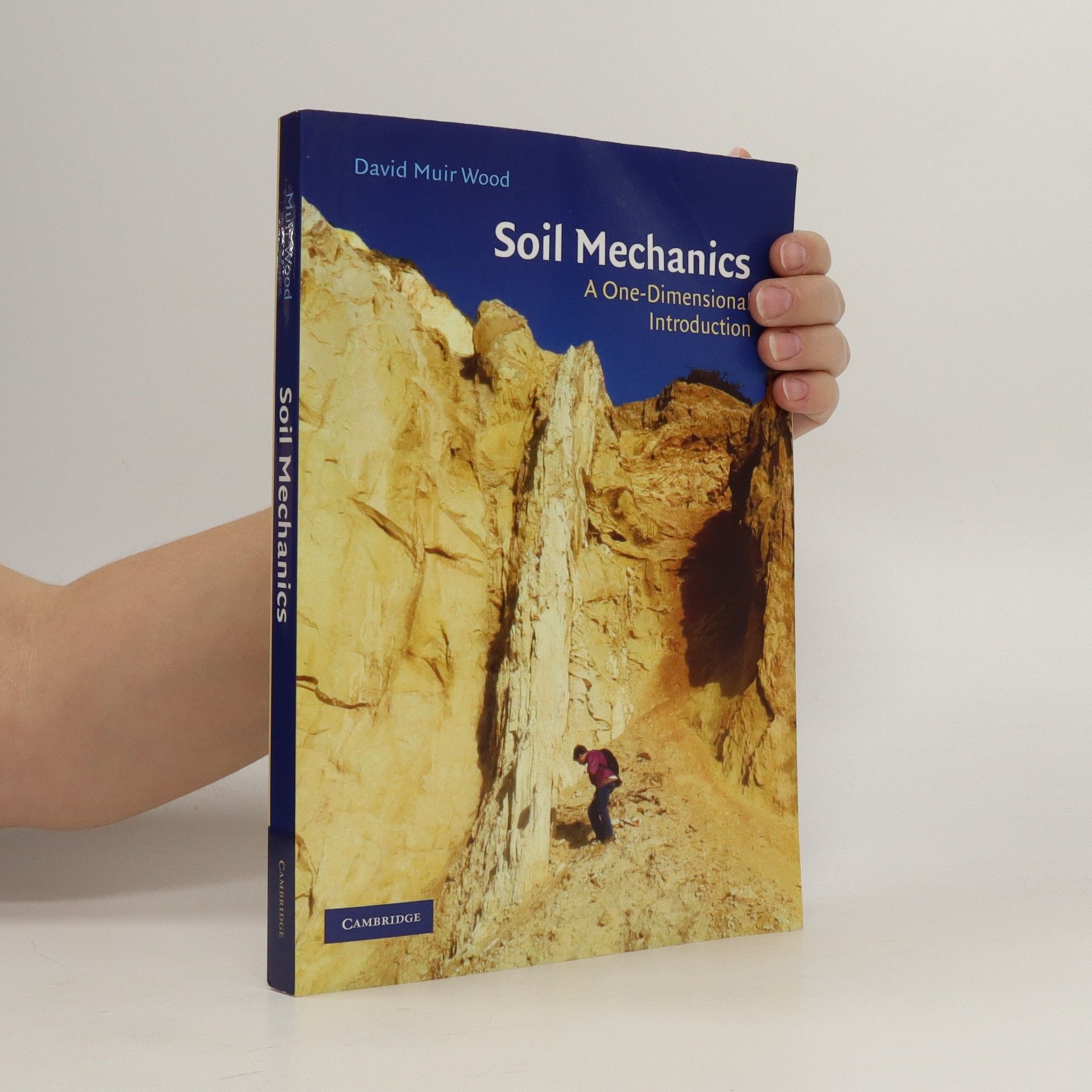This book teaches the principles of soil mechanics to undergraduates, along with other properties of engineering materials, to which the students are exposed simultaneously. Using the critical state method of soil mechanics to study the mechanical behavior of soils requires the student to consider density alongside effective stresses, permitting the unification of deformation and strength characteristics. This unification aides the understanding of soil mechanics. This book explores a one-dimensional theme for the presentation of many of the key concepts of soil mechanics - density, stress, stiffness, strength, and fluid flow - and includes a chapter on the analysis of one-dimensional consolidation, which fits nicely with the theme of the book. It also presents some theoretical analyses of soil-structure interaction, which can be analyzed using essentially one-dimensional governing equations. Examples are given at the end of most chapters, and suggestions for laboratory exercises or demonstrations are given.
David Muir Wood Livres




Geotechnical Modelling
- 504pages
- 18 heures de lecture
Focusing on practical applications, this book guides engineers in selecting appropriate soil model boundary conditions and finite element elements for their projects. It serves as a valuable resource for MSc and MEng students, as well as for continuing professional development courses, ensuring that readers can make informed decisions in their engineering practices.
This Volcanic Isle explores the rich geological history of the British Isles over the past 66 million years, since the disappearance of the dinosaurs. From the Isle of Wight needles to the Giant's causeway to the Sticklepath faultline in Devon, this book recounts how earthquakes and eruptions, plumes and plate boundaries, built the British Isles.
Civil Engineering: A Very Short Introduction
- 143pages
- 6 heures de lecture
Civil engineering produces the structures of all human settlements worldwide. In this Very Short Introduction, David Muir Wood demonstrates the nature and importance of civil engineering; not only in the history of civilization and urbanization, but its range of facets today, and its challenges for the future.